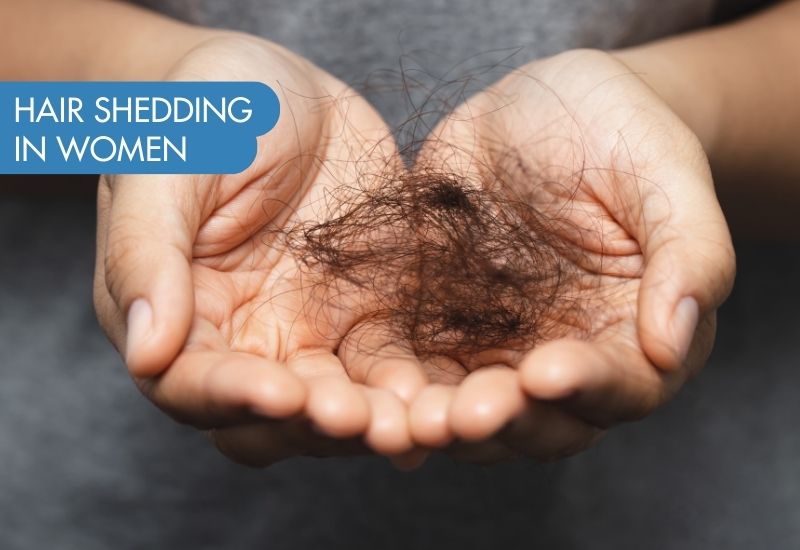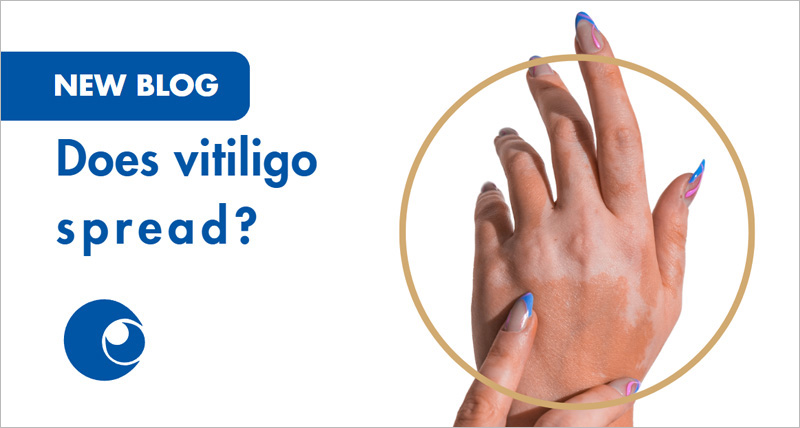Everybody sweats, some more than others. It’s a physiological reaction to heat and the body’s mechanism to regulate core temperate.
Individual sweat rates vary and are influenced by factors such as ambient temperature, humidity, air movement, exercise intensity, clothing and body size. Daily fluid loss from sweat may be as little as 100ml per day for a sedentary person in a cool climate or as much as nine litres per day for elite athletes training in hot and humid climates.
The body has two main types of sweat glands. Eccrine glands are found all over the body. These are supplied by sympathetic nerves and activated in response to heat and stress. Apocrine glands are found mainly in the armpits and groin and contribute to body odour rather than moisture.
Body odour is produced when bacteria break down the protein secreted in apocrine sweat. High salt levels in the eccrine gland sweat inhibit bacterial growth, making eccrine sweat odourless.
The human stress response, also known as the fight-or-flight response, involves secretion of adrenaline by the adrenal gland. The adrenaline released travels in the circulation to the skin and activates eccrine sweating. Many people are familiar with the sensation of sweaty palms at moments of stress or anxiety.
See full article at http://theconversation.com/explainer-why-do-i-sweat-so-much-and-how-can-i-stop-it-22060






